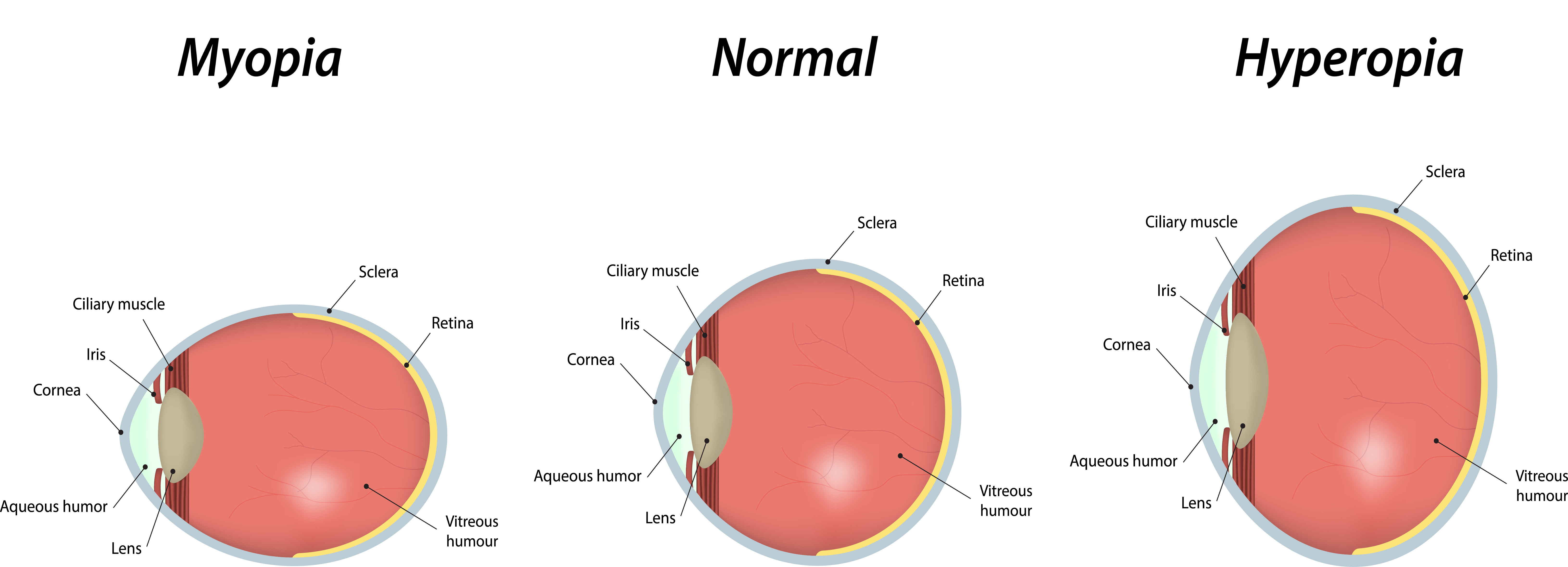Updated on October 9, 2024
What Are Single-Vision Lenses?


Vision Center is funded by our readers. We may earn commissions if you purchase something via one of our links.
If you need glasses to improve your sight at a single distance, single-vision lenses may be right for you. This article covers everything you need to know about single-vision glasses, including cost and how they compare to other lens types. Only an eye doctor can recommend the best lens type for your needs.
What Are Single-Vision Lenses?
Single-vision lenses correct vision at only one distance, near or far away. They’re the most common type of lenses in prescription glasses and reading glasses.
When you wear single-vision glasses, the entire lens provides one correction value. That means the glasses will treat nearsightedness or farsightedness, but not both.
What Is the Difference Between Single-Vision and Multifocal Lenses?
Multifocal lenses correct vision at multiple distances. In contrast, single-vision lenses provide clear sight at only one distance. Single-vision glasses are for people with only one refractive error.
Multifocal lens types include:
- Bifocal lenses
- Trifocal lenses
- Progressive lenses

Single-Vision vs. Bifocal Lenses
Bifocal lenses have two focal lengths. People who need help seeing close-up images and distant objects may benefit from wearing bifocal glasses.
The lower portion of the lens helps wearers to view near objects. The upper portion of the lens helps them see clearly at a distance.
Single-Vision vs. Progressive Lenses
Progressive lenses also help you see up close and far away. Unlike bifocals, progressives have no visible line separating the focal zones. Instead, the progressive lens has an intermediate visual field between the near and far corrective zones.
Where to Buy Glasses + Contacts
Best Overall: Warby Parker
Fastest Delivery: EyeBuyDirect
Also Great: Liingo
Best Place to Buy Contacts: Discount Contacts
Types of Single-Vision Lenses
There are a few different single-vision lens options for vision correction. Here are three prescription lenses you should know:
1.59 Polycarbonate Single-Vision
Polycarbonate single-vision lenses are characterized by their durability and impact resistance.
This lens type is much lighter and thinner than a traditional plastic lens. They’re also scratch-resistant, making them an ideal lens material for children and active people.
Additionally, they block the sun’s harmful ultraviolet radiation, offering maximum UV protection.
1.57 Mid-Index Single-Vision
This is one of the thinnest and lightest lens materials available. Mid-index lenses are ideal for people with higher prescriptions.
Typically, a stronger prescription means a thicker lens. However, this thin and lightweight lens material can handle prescriptions between +/- 4.00 and +/- 5.00 and below.
Polarized Single-Vision
Polarized single-vision lenses are sunglasses that protect your eyes from light that bounces off smooth, highly reflective surfaces.
The lenses work by controlling certain light properties and limiting specific wavelengths. They boast a vertical filter that doesn’t allow horizontal glare to pass through.
How Much Do Single-Vision Lenses Cost?
Consumers spend an average of $400 on frames and lenses without vision insurance.
Several other factors will impact the cost of your eyeglasses, such as:
- Your prescription
- Any lens coatings (anti-reflective coating, blue light filtering, etc.)
- Your frame material
- Where you live
- Where you shop for your glasses
According to the Federal Trade Commission’s (FTC's) Eyeglass Rule, your optician must give you your prescription at no extra cost. You should take that prescription to shop for a pair of glasses with single-vision lenses that fit your budget.
What Refractive Errors Can Single Vision Lenses Correct?
A refractive error means that the shape of your eye’s cornea or lens bends light incorrectly. The result is blurry vision. Various types of refractive errors affect your eyesight in different ways.
Each can cause the following symptoms:
- Blurry vision
- Double vision
- Seeing glare or halos around bright lights
- Headaches
- Eye fatigue
- Eye soreness
Fortunately, you can correct nearly all visual needs with eyeglasses or contact lenses.
Single-vision glasses can correct the most common refractive errors:
1. Myopia
Myopia refers to nearsightedness. Objects that are far away can be difficult to see clearly. Single-vision distance lenses can help.
2. Hyperopia
Hyperopia refers to farsightedness. Objects that are close up can be difficult to see clearly. Single-vision reading lenses can help.
3. Presbyopia
Presbyopia refers to decreased near vision that occurs as a normal result of the aging process. It occurs when people over age 40 begin to have trouble seeing up-close objects clearly. Single-vision reading lenses can help.
4. Astigmatism
Astigmatism is a condition that can cause blurry vision at all distances. It occurs when the eye is shaped more like an oval than a round sphere. Both single-vision reading lenses and single-vision distance lenses can help you achieve clear vision.

Summary
Single-vision lenses provide vision correction at one distance (near or far). They’re ideal for people who have trouble seeing objects up close or far away, but not both. There are various types of single-vision lenses made of different materials.
An eye exam is necessary to determine your vision prescription. Consult an eye doctor to find out whether single-vision lenses are right for you.
In this article
9 sources cited
Updated on October 9, 2024
Updated on October 9, 2024
About Our Contributors
AnnaMarie, a staff writer for Vision Center, specializes in ophthalmology, optometry, and basic optic procedures, as well as preventative eye care. With a B.A. in Journalism & New Media and minors in Creative Writing and Women, Gender & Sexuality Studies from Gettysburg College, her goal is to enhance readers' understanding of eye health. She covers a wide range of topics, from selecting the right eyeglasses and contacts to managing and preventing eye diseases, and exploring vision correction surgeries.
Dr. Melody Huang is an optometrist and freelance health writer with a passion for educating people about eye health. With her unique blend of clinical expertise and writing skills, Dr. Huang seeks to guide individuals towards healthier and happier lives. Her interests extend to Eastern medicine and integrative healthcare approaches. Outside of work, she enjoys exploring new skincare products, experimenting with food recipes, and spending time with her adopted cats.






